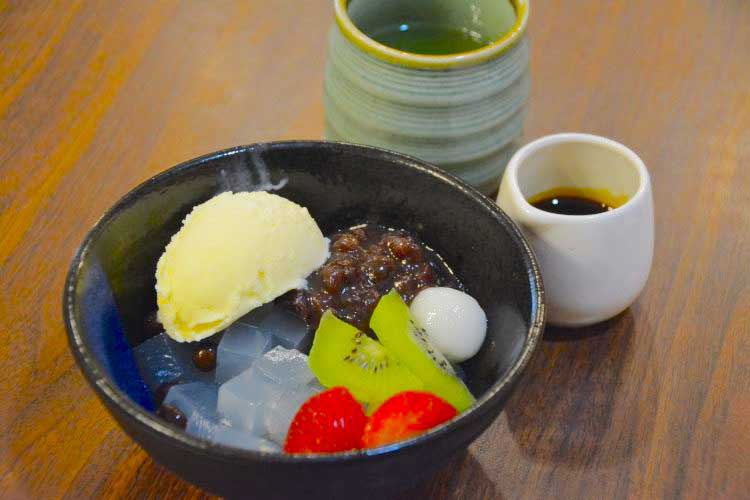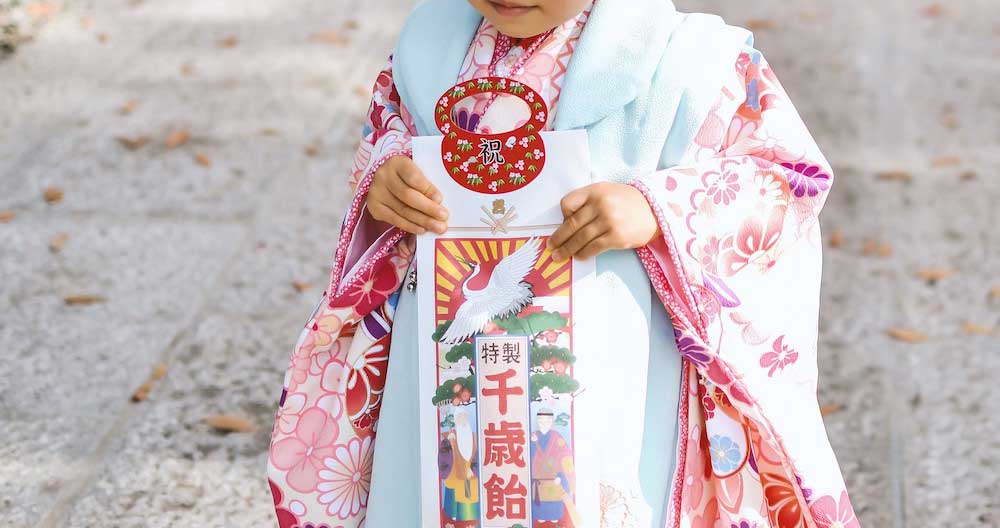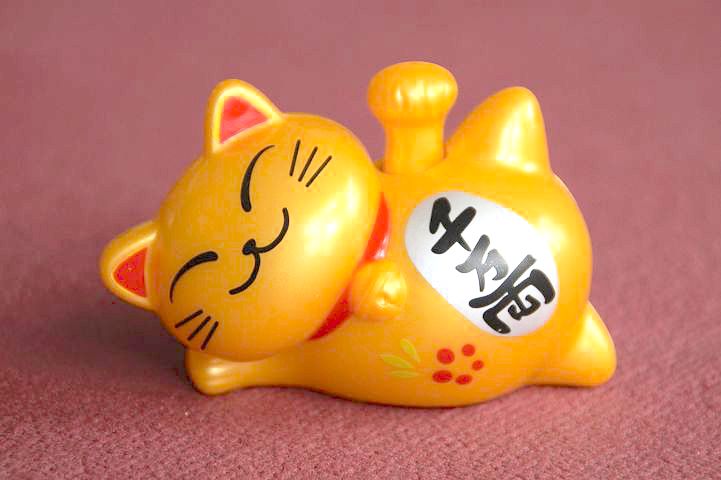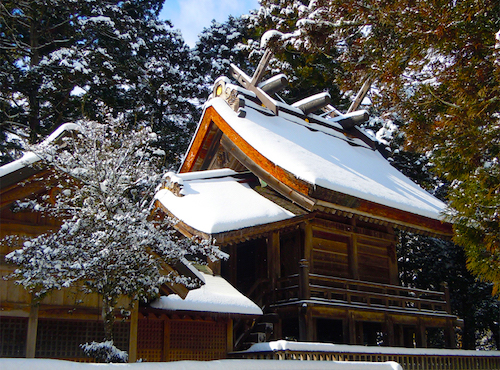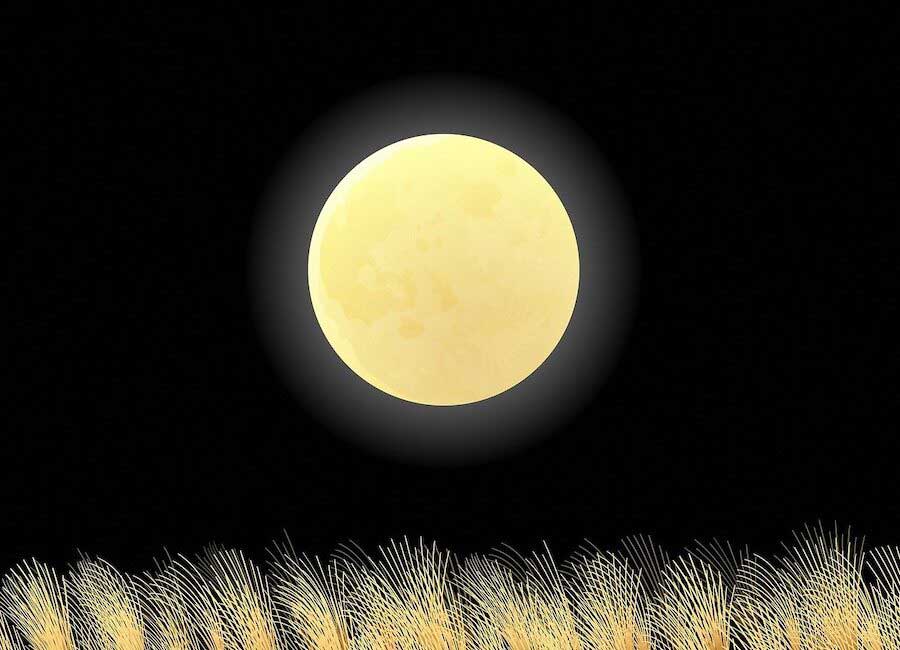
日本の秋の風物詩、「お月見」。
美しい満月を愛でるという何とも幻想的な伝統行事ですが、「月見」にちなんでこの期間だけうさぎをデザインしたスウィーツが販売されたり、卵を月に見立てた限定メニューを提供するレストランやファストフード店も少なくありません。
今回は、お月見の由来や月見だんごなどを英語で説明する表現をご紹介していきます。
ご興味のある方は、当サイトで 英語クイズ(5000問) を出題しておりますので是非ご覧ください。
目次
お月見の由来
有史以前から人々は月を愛でていたといわれていますが、十五夜にお月様を鑑賞するという風習は、中国で行われていた里芋の収穫祭がもとになっており、それが奈良時代から平安時代に日本に伝わり、宮廷行事になったという説があります。
月の満ち欠けが基準であった旧暦の秋(7月から9月)で、中秋となる8月15日(現在の9月20日頃)は、一年で最も月が美しいとされる「名月」にあたり、これが「十五夜」といわれる所以です。
現在、中国や台湾では8月15日の「中秋節」は春節や端午節などと並ぶ重要な行事で、国民の祝日として定められています。
日本でも中秋の名月の時期になると、お月見にちなんだ商品やメニュー、イベントなどがありますので、日本人が美しい満月を楽しむ風習は脈々と受け継がれていると言えるでしょう。
お月様にお供えするものはススキの穂や月見だんご、果物などが一般的ですが、地域によっては里芋や栗などの秋の食材をお供えするところもあり、「芋名月」とも呼ばれます。
また、ススキは神様の依代ともいわれており、十五夜の月光を浴びると寿命が延びるという言い伝えもあります。
お月見の簡単な説明
お月見は一般的に、
- viewing the moon
- enjoying the moon
- moon viewing
- moon-viewing festival
- moon-gazing
などと訳されます。
“Tsukimi” (月見) literally means “viewing the moon.”
(Tsukimi とは文字通り「月を見ること」を意味します。)
Tsukimi is the custom of people viewing the full moon.
(お月見とは、満月を鑑賞する風習です。)
Tsukimi, also called Otsukimi or Jūgoya, literally means “moon viewing.”
(月見は、お月見または十五夜とも呼ばれ、「月を見ること」を意味します。)
Tsukimi is a seasonal festival to enjoy viewing the full moon on the night of August 15th on the lunar calendar.
(お月見とは、旧暦の8月15日に満月を鑑賞する季節行事です。)
August 15th of the lunar calendar usually falls in mid-September of the modern solar calendar.
(旧暦の8月15日は、現代の太陽暦の9月中旬にあたります。)
Tsukimi, or moon viewing, is a practice of appreciating the full moon in autumn.
(お月見とは、秋の満月を鑑賞して楽しむ風習です。)
Since August 15th of the lunar calendar is right in the middle of fall (from July to September) and is called “Chūshū.”
(旧暦の8月15日は秋のちょうど真ん中にあたるため、「中秋」と呼ばれます。)
In Japan, the full moon on the 15th night of August of the lunar calendar is called “Chūshū-no-Meigetsu” which means “Mid-Autumn beautiful moon.”
(日本では、旧暦の8月15日の満月を「中秋の名月」といいます。)
August 15th of the lunar calendar is said to be the day on which the moon is most beautiful.
(旧暦の8月15日の月は最も美しいといわれています。)
“Meigetsu” means beautiful moon.
(「名月」とは美しい月という意味です。)
Chūshū-no-Meigetsu translates to “Harvest moon” in English.
(中秋の名月は英語で Harvest moon と訳されます。)
The full moon around this period is said to be the most beautiful moon of the entire year.
(この時期の満月は、一年で最も美しいとされています。)
However, the harvest moon is not always a full moon.
(しかしながら、中秋の名月がいつも満月とは限りません。)
It is said that the custom of viewing the moon came from China.
(月を鑑賞する風習は中国から伝わったといわれています。)
The custom of “Jūgoya” is said to have been introduced from China during the Tang Dynasty.
(十五夜の風習は唐の時代に中国から伝わったといわれています。)
Originally, it was a festival during which people gave thanks to the gods for the autumn harvest.
(もともとは秋の収穫を感謝するお祭りでした。)
Tsukimi originated as a ceremony to show gratitude to the full moon for the autumn harvest.
(お月見は、秋の実りを満月に感謝する儀式として始まりました。)
The origin of Tsukimi for the Japanese, who are farmers, is to liken the moon to a deity and to pray for a rich harvest.
(農耕民族である日本人のお月見の起源は、月を神様に見立てて豊穣を願うものでした。)
liken A to B は、AをBに見立てる、なぞらえる という意味です。
On this night of the harvest moon, it is customary to offer rice dumplings and crops to the moon.
(お月見の夜には、お団子や農作物などを月にお供えするのが慣習です。)
In Japan, people decorate with Japanese pampas grass and offer rice dumplings to the moon.
(日本では、ススキを飾ってお団子を月にお供えします。)
People decorate susuki grass, offer tsukimi dango (rice dumplings), and then view the beautiful moon.
(ススキを飾り、月見だんごを供えて名月を愛でます。)
The offerings are placed on “engawa” (a Japanese-style loggia) or by the window so that they can be seen from the moon.
(お供物は、お月様から見えるように縁側や窓辺に置かれます。)
In Japan, generally, susuki-no-ho (ears of silver grass) are used to decorate engawa verandas or rooms where the moon is clearly visible, and tsukimi dango (moon-viewing dumplings) and seasonal products are offered to the moon.
(日本では、ススキの穂をお月様がよく見える縁側やお部屋に飾り、月見だんごや季節の作物を月にお供えするのが一般的です。)
It is also called “Imo-Meigetsu” (Potato moon) because in some regions people offer sato-imo, a kind of potato, to the moon.
(一部の地域ではお芋の一種である里芋を供えることから、「芋名月」とも呼ばれます。)
Susuki (silver grass) is believed to invite a Shinto deity, and it also works to keep evil spirits away.
(ススキは神を宿し、邪気を追い払うと信じられています。)
Activities like moon-viewing in the fall or cherry blossom viewing in the spring are examples representing a nature-loving Japanese sense of beauty.
(秋のお月見や春のお花見のような余暇活動は、自然の風景を愛する日本人の美意識の表れです。)
・旧暦:the lunar calendar または the old calendar など
・(芸術作品や食べ物などを)楽しむ:appreciate
・お供えする:offer
・お供え物:offering
・ススキ:Japanese pampas grass または silver grass など
・お団子:rice dumplings
月のうさぎ
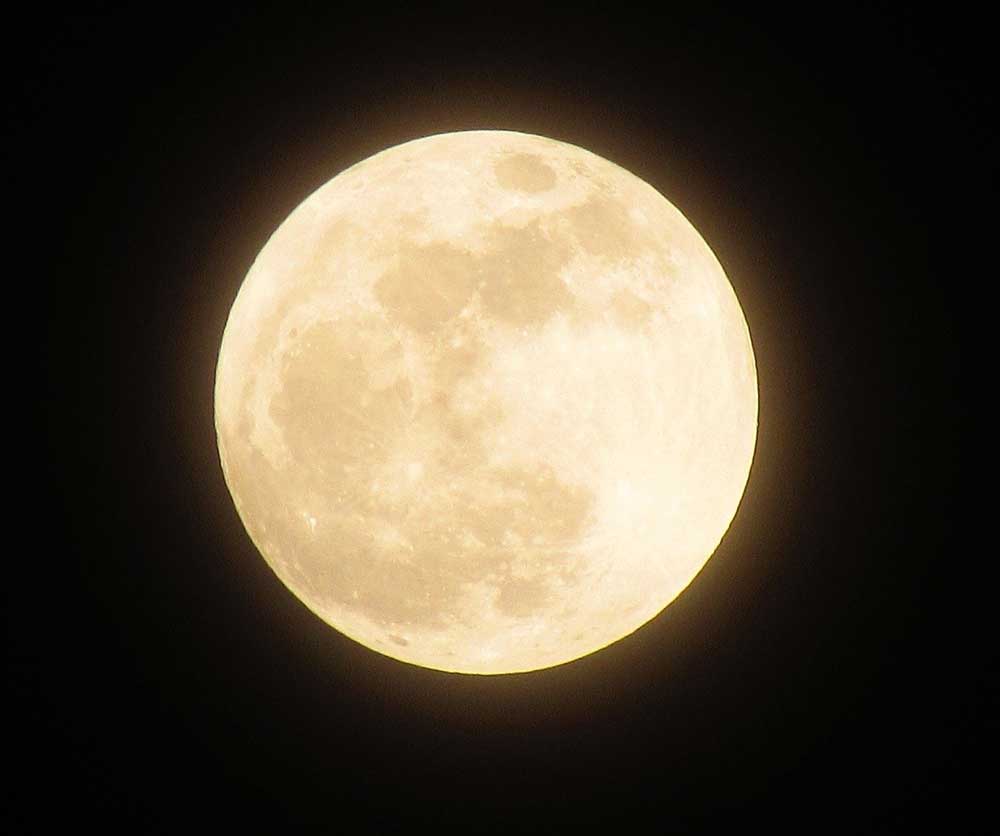
月の表面は、40億年前に無数の小惑星が衝突してできたクレーターで覆われており、その多くに名前が付けられていることでも有名です。
さらに、月だけは絶対に地球に背中を見せないため、実は人工物であるという都市伝説がまことしやかに囁かれています。
さて、日本では月は「ウサギがお餅をついているように見える」といわれていますが、これは世界各国でも様々な見方をされていて面白いです。
例えば、
- 中国:薬草を挽くウサギ、カニなど
- ドイツ、オランダなど:悪行で幽閉されている男の姿
- アラビア:立ち上がるライオン
- アメリカ:ワニ、髪の長い女性など
- インドネシア:編み物をする女性
など、様々な解釈があって興味深いですね。
In Japan, it is said that there are rabbits on the moon.
(日本では月にウサギがいるといわれています。)
This is because the shape of the lunar crater looks like a rabbit pounding mochi (rice cake) with a mallet.
(これは、月の模様がウサギが杵でお餅をついているように見えるからです。)
月見だんご
中国ではお月見の際に月餅がお供えされますが、日本では一般的に「月見だんご」をお供えします。
満月に見立てて丸いかたちをしていて、昔はその年に収穫されたお米を使ってつくられていたといわれています。
お月様のよく見える場所に、神様の依代といわれるススキを飾り、三方にピラミッド状に月見だんごを重ねます。
Tsukimi dango, literally moon-viewing dumplings, are round dumplings traditionally eaten in Japan during Tsukimi (the moon viewing festival) which is usually held in mid-September.
(月見だんごとは、日本の9月中旬頃のお月見で伝統的に食べられている丸いお団子です。)
Tsukimi dango, or rice dumplings, were originally made from that year’s rice harvest.
(月見だんごは、もともとその年に収穫されたお米でつくられていました。)
The round shape represents the full moon.
(丸いかたちは満月を表しています。)
Tsukimi dango are often arranged in a pyramid-shaped pile.
Tsukimi dango are usually piled up in a pyramid shape.
(月見だんごはたいていピザミッド状に重ねます。)
After the offering, it is believed that eating the tsukimi dango will bring good luck and fortune.
(お供えが終わったお団子を食べると、幸運が訪れると信じられています。)
最後に
いかがでしたでしょうか。
月は、昔から詩歌などの題材に多く使われたり、おとぎ話のかぐや姫の故郷であることなどからも分かるように、古代の人々が太陽と同じく月に神秘性を見出していたことはよく知られています。
ハリウッド女優そしてモナコ公妃であったグレース・ケリーが日本文化に傾倒していたことは有名で、モナコに日本庭園をつくったり、日本の月見台を見て「ただ月を眺めるだけのために、竹で縁側を作るとは、なんて素敵なセンスでしょう」と仰ったといわれています。
皆さんも是非、十五夜はゆっくりとお月様を眺めながら、美味しいものを食べて秋の風流を楽しんでくださいね。

